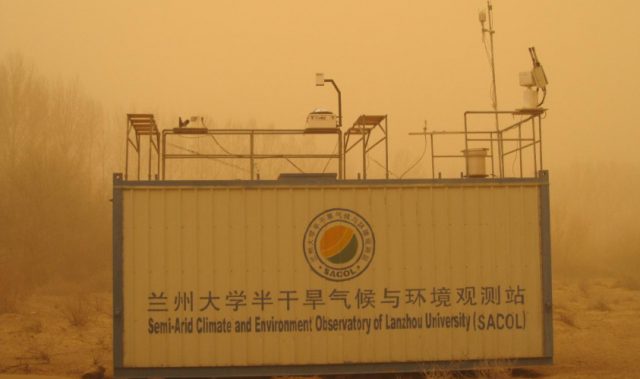
AsianScientist (Mar. 6, 2017) – The good news is that the dramatic increase in tourism has not destabilized the historic structures of Angkor Wat. The bad news is that seasonal variations in groundwater levels still pose a significant threat. These findings by Cambodian and Chinese scientists have been published in Science Advances.
Built in the 12th century in the capital of the Khmer empire, the Angkor Wat temple complex in Cambodia is the world’s largest religious monument. Between 1993 and 2013, the number of tourists visiting the site grew 300-fold, from 10,000 a year to three million a year. There have been concerns that the increased tourist load—as well as a growing number of residents—has placed stress on the groundwater supply, potentially destabilizing the remaining structures.
To date, however, data to test this hypothesis has not been available. One reason is that the structures move almost imperceptibly before collapse. These movements that are difficult to detect with existing techniques which are unable to penetrate the dense forest surrounding the site.
“Motion anomaly is one indicative precursor for the defect of monuments. Millimeter-level precision is significant in highlighting the structural instability before potential collapses,” explained Chen Fulong, a professor at the Institute of Remote Sensing and Digital Earth, Chinese Academy of Sciences.
To get around this problem, Chen and his team used a type of radar called synthetic aperture radar interferometry (InSAR). InSAR imaging showed that between 2011 and 2013, pumping groundwater for residential and tourism needs did not destabilize Angkor Wat’s structures.

“However, seasonal variations of the groundwater table and the thermodynamics of stone materials are factors that could trigger and/or aggravate the deterioration of monuments,” Chen told Asian Scientist Magazine.
“These factors amplify known impacts of chemical weathering and biological alteration of temple materials.”
The article can be found at: Chen et al. (2017) Radar Interferometry Offers New Insights into Threats to the Angkor Site.
———
Copyright: Asian Scientist Magazine; Photo: Chen Fulong.
Disclaimer: This article does not necessarily reflect the views of AsianScientist or its staff.












